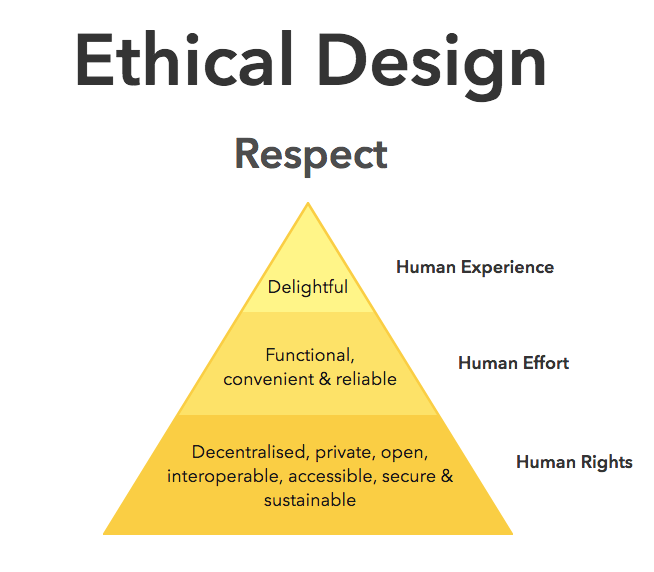Part
01
of three
Part
01
Future of Working and Learning Trends Part 1
Key Takeaways
- This report identifies AI/Machine Learning and sensory design technologies as two emerging trends that represent a challenge for educational institutions deciding how best to incorporate them into their course curricula.
- Of the two, the potential of AI/Machine Learning technologies is perhaps best understood and the Carnegie Mellon College of Art provides a good example of how they have been incorporated into classroom learning.
- Sensory design technology is in its very early stages and we did not find any educational institutions that incorporate it in their design courses.
- Its nascent life-cycle stage represents an opportunity for educational institutions to become a 'first mover' in the field by being among the first to incorporate it into their teaching programs. Samsung is commercializing this technology.
Introduction
This report provides 2 examples of the latest and most impactful global trends in design education and the design sector. 'Most impactful' is defined by the number of times it is mentioned by industry experts.
For each trend we , provide a description of the trend with an explanation as to why it was selected, drivers and inhibitors of the trend, and 1 or 2 companies or experts participating in the trend.
We were unable to find any quantitative data to validate each trend.
What Do We Mean by Design?
- To avoid confusion, we make cleat at the outset that by 'design thinking' we mean 'human-centric' thinkingy.
- In the context of work, McKinsey urges companies to cultivate a culture of customer-centricity if the expect to deliver best-in-class customer experience. Outperformers adopt design thinking, consider the customer in every decision they make, and enable all employees to clearly articulate the value of building customer/user experience (CX/UX) skills and capabilities.
- A McKinsey study of 300 public companies that analyzed 2 million pieces of financial data and 100,000 design ;actions' over a 5-year period found that those with the strongest commitment to design and the most adept execution of design principles had 32% more revenue and 56% more total returns to shareholders.
Trend 1 - Incorporate AI & Machine Learning into Course Curricula
- Earlier this century, virtual reality and UI/UX were emerging trends in the world of design. Now they are established domains with thousands of practitioners working as specialist designers.
- These technologies are selected because they are assuming the significance VR and UI/UX enjoyed earlier this century and because they are expected to drive design in the decades ahead.
Carnegie Mellon University
- Golan Levin, professor of art at Carnegie Mellon University and director of the Frank-Ratchye STUDIO for Creative Inquiry says the CMU College of Art has started to integrate machine learning into its curriculum. Coding is now a foundational requirement for art and design students.
- CMU offers hybrid undergraduate degree programs in computer science and art where students major in both fine art and machine learning, allowing them to explore how these technologies can be used for artistic inquiry.
- Students can gain an initial understanding of the power of machine learning for free online by accessing experimental web projects like the Teachable Machine, an experimental web project by Google. This tool makes creating machine learning models fast, easy, and accessible to everyone.
Industry Adopters
- These new technologies are already being commercialized. For example, Adobe Sensei is an artificial intelligence and machine learning platform offered by Adobe. It uses AI and machine learning to make it easier for designers to create, collaborate, customize images, make informed decisions, and target marketing campaigns for better results. It allows designers to make edits quicker and with greater precision. It also allows them to find the right content with smart search and achieve more photo realistic effects.
- A video describing demonstrating this technology is available here.
- Adobe Sensei powers a functionality in Adobe Target known as Automated Personalization. It can analyze a company's customer information bank in real-time to discover the recommendations, services, and experiences that will best resonate with each customer, individually.
- “People think of artificial intelligence as delivering experiences that are very robotic and strictly defined, but it’s actually the opposite,” says McLaughlin. “With Adobe Sensei, we’re drawing a direct line from customer intelligence to personalized experiences that are valuable, and relevant.
- In addition to the CMU College of Art and Adobe, the value od AI and machine learning technology is acknowledged by respected industry leaders such as IBM, Coco Cola, Marriott International, Walgreens Boots Alliance, Harvard Business New Review, the Head of Digital Decisioning and Analytics at Sky UK, Japan Airlines, Swisscom, Ben & Jerry's, Land Rover, US Census Bureau.
Trend 2 - Sensory Design
- Sensory design is another emerging trend in the field of design. This technology is in its very early stages and we did not find any educational institutions that incorporate it in their design courses.
- It involves adopting a more sensory comprehensive approach to design, beyond mere visual imagery alone, to include touch, taste, sound, and smell to heighten user engagement.
- This technology is selected because it is at a nascent stage and represents an opportunity for educational institutions to become a 'first mover' in the field.
- The approach aims to facilitate a total or comprehensive sensory experience of a product. It involves measuring a users' opinion of a product in terms of tactility, appearance, and if relevant, taste, sound, and smell.
- If this trend takes hold, logos and infographics made by graphic designers in the future may, for example, include a tactile component.
- Smartphone manufacturers have been begun developing screens that warp and distort to make images on screen more engaging or experiential.
- Haptic technology (aka kinaesthetic communication or 3D touch) refers to a range of technologies that can create sensory experience for users as a result of them touching an object or product. The experience may be created by applying forces such as vibrations or motions to the user.
- Haptic devices incorporate tactile sensors that measure forces exerted by the user on the interface. Examples of haptic devices already in use include steering wheels, game controllers, and joysticks.
- The word haptic is from Greek and means 'tactile, pertaining to the sense of touch".
Additional Comment
- An established trend that represents a serious challenge for paid design courses is the growing number and enormous popularity of free online design courses.
- A list of 10 free online design courses is available here.
Research Strategy
This report has leveraged a range of the most reliable and reputable sources available in the public domain.
We searched the websites of the leading providers of paid university courses in design.
We also searched the websites of respected thought industry leaders such as Booz Allen Hamilton, Boston Consulting Group, EY, L.E.k. Consulting, and PwC websites for relevant material.
Finally, we searched for relevant articles published in the popular press and by specialist technology media outlets such as Fast Company
The main sources used by the report are listed below.



